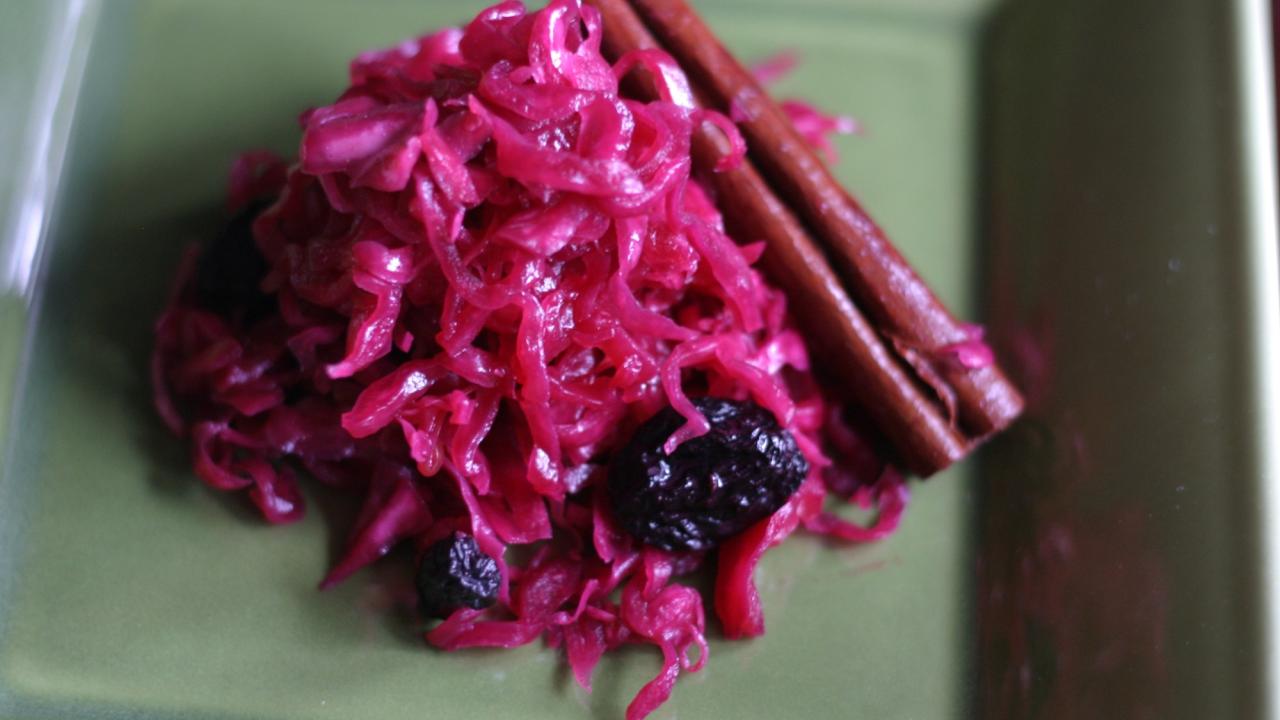Quick Summary
- Discovery radically changes understanding of how lactic acid bacteria thrive in environment
- Discovery could lead to healthier, tastier food and minimize food waste
- This hybrid energy metabolism combines features of respiration with fermentation
Lactic acid bacteria are essential in creating fermented foods like yogurt, cheese and sauerkraut. Certain strains are also used as probiotics to improve human gut health.
Researchers at the University of California, Davis, and Rice University have discovered that lactic acid bacteria use a previously unknown energy metabolism, which radically changes the scientific understanding of how these bacteria may thrive in their natural environments.
Researchers found the species Lactiplantibacillus plantarum uses a hybrid metabolism, which combines features of respiration with fermentation.
“Using this blended metabolism, lactic acid bacteria like L. plantarum grow better and do a faster job acidifying its environment,” said co-corresponding author Maria Marco, a professor in the food science and technology department with the UC Davis College of Agricultural and Environmental Sciences.
The findings, published in the journal eLIFE, could lead to new technologies that use lactic acid bacteria to produce healthier and tastier fermented foods and beverages in ways which also minimize food waste. Manipulating this metabolism could change the flavor and texture of fermented foods.
“We may also find that this blended metabolism has benefits in other habitats, such as the digestive tract,” Marco said. “The ability to manipulate it could improve gut health.”
A puzzling beginning
The study began with a puzzle. Unlike fermentation, respiration requires an external molecule that can accept electrons, like oxygen in aerobic respiration. Some microorganisms that mainly gain energy by respiration can use electron acceptors located outside the cell. This ability, called extracellular electron transfer, has been tied to specific genes. A newly identified set of extracellular electron transfer genes were found throughout lactic acid bacteria, which use fermentation metabolism for energy conservation and growth.
“It was like finding the metabolic genes for a snake in a whale,” said co-corresponding author Caroline Ajo-Franklin, a bioscientist with Rice University. “It didn’t make a lot of sense, and we thought, ‘We’ve got to figure this out.’”
The common bacteria they studied, L. plantarum, depends predominantly on fermentation. “But when we put them under particular circumstances where we’re providing them with a carbon source that makes it harder to make lactate, the main end-product made during fermentation, they’ve got to do some workarounds. That’s when the new metabolism kicks in,” Ajo-Franklin said.
According to Marco, “This blended metabolism allows L. plantarum to overcome major bottlenecks in growth by allowing the bacteria to send electrons outside of the cell.”
The research team showed how showed how L. plantarum uses this metabolism to change its environment in a food fermentation. Triggering this pathway with electrodes also offers many possibilities for fine-tuning food fermentations to change how they taste.
Other co-authors include Eric Stevens, Peter Finnegan, James Nelson and Andre Knoessen of UC Davis, Sara Tejedor-Sanz of Rice University, and Samuel Light of the University of Chicago.
The research was supported by the National Science Foundation, Office of Naval Research, the Department of Energy Office of Basic Energy Sciences, and a Rodgers University fellowship.
Media Resources
Media Contacts:
- Maria Marco, Department of Food Science and Technology, mmarco@ucdavis.edu
- Amy Quinton, News and Media Relations, cell 530-601-8077, amquinton@ucdavis.edu
